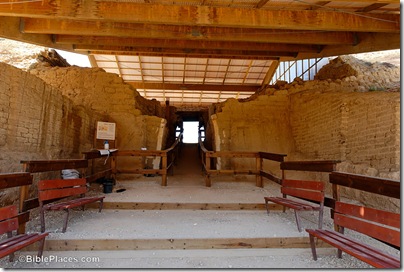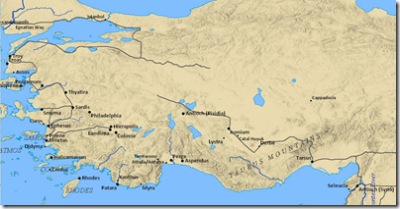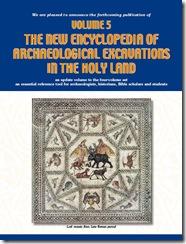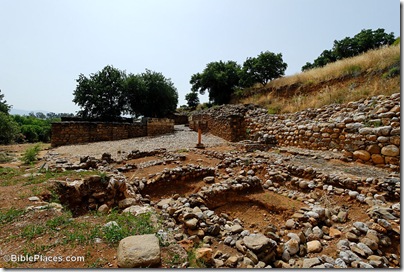Haaretz gives an update of the forgery trial against Oded Golan and Robert Deutsch. Most of what is “new” here seems to be taken from the courageously honest 60 Minutes report. I’m always reluctant to analyze a news article written by a journalist because I know how skewed facts can get between the interview and the printed page. But I’ll make a few comments on the assumption that the record is generally accurate.
1. The prosecution has been presenting its case for three years. Israel doesn’t have constitutional protections like the United States, but some judge should intervene to tell them that there’s something humane about a speedy trial, and if the prosecution can’t present its case in short order, it’s over.
2. The “silver bullet” in the case is an Egyptian artist. The article says that he “confessed to manufacturing many items for Golan, including the Jehoash inscription.” I need more evidence than the reporter’s word (or the prosecution’s statement). Note that 60 Minutes, who interviewed him on TV, did not have a statement from him that he forged it. Maybe he did, or maybe the prosecution wants to make you think he did. That’s why there’s such a thing called cross-examination. (For those of you new to the case, it’s simply incredible that a guy with a shop in an Egyptian market has the necessary skills to make an object of this nature that has fooled many experts into thinking it is authentic. Scholars have told me that there’s not a single person alive with all of the knowledge necessary to make the Jehoash Inscription. Maybe five scholars collaborated, each contributing their own specialized knowledge. But one artist in Egypt?)
3. The article says:
Among the evidence presented by the prosecution in court: photos and exhibits taken from the labs in Golan’s home, where, according to the indictment, the forgeries were made; various sketches and other materials that were used in the preparation of the forgeries.
Now this sounds convincing to the reader at home. Open-and-shut case. If so, then why all of the delay? Why do they need to bring the Egyptian artist to testify? Again, this is why this case cannot be decided in the media alone.
I’ve said it before, but I’ll note it again: I don’t know if any of these items are authentic or not. And I don’t care. It doesn’t change my view of the Bible or archaeology if the James Ossuary or the Jehoash Inscription are forgeries. But there are very significant problems with the way that these matters have been handled by the Israel Antiquities Authority, the prosecution, and some scholars. There are other agendas.



